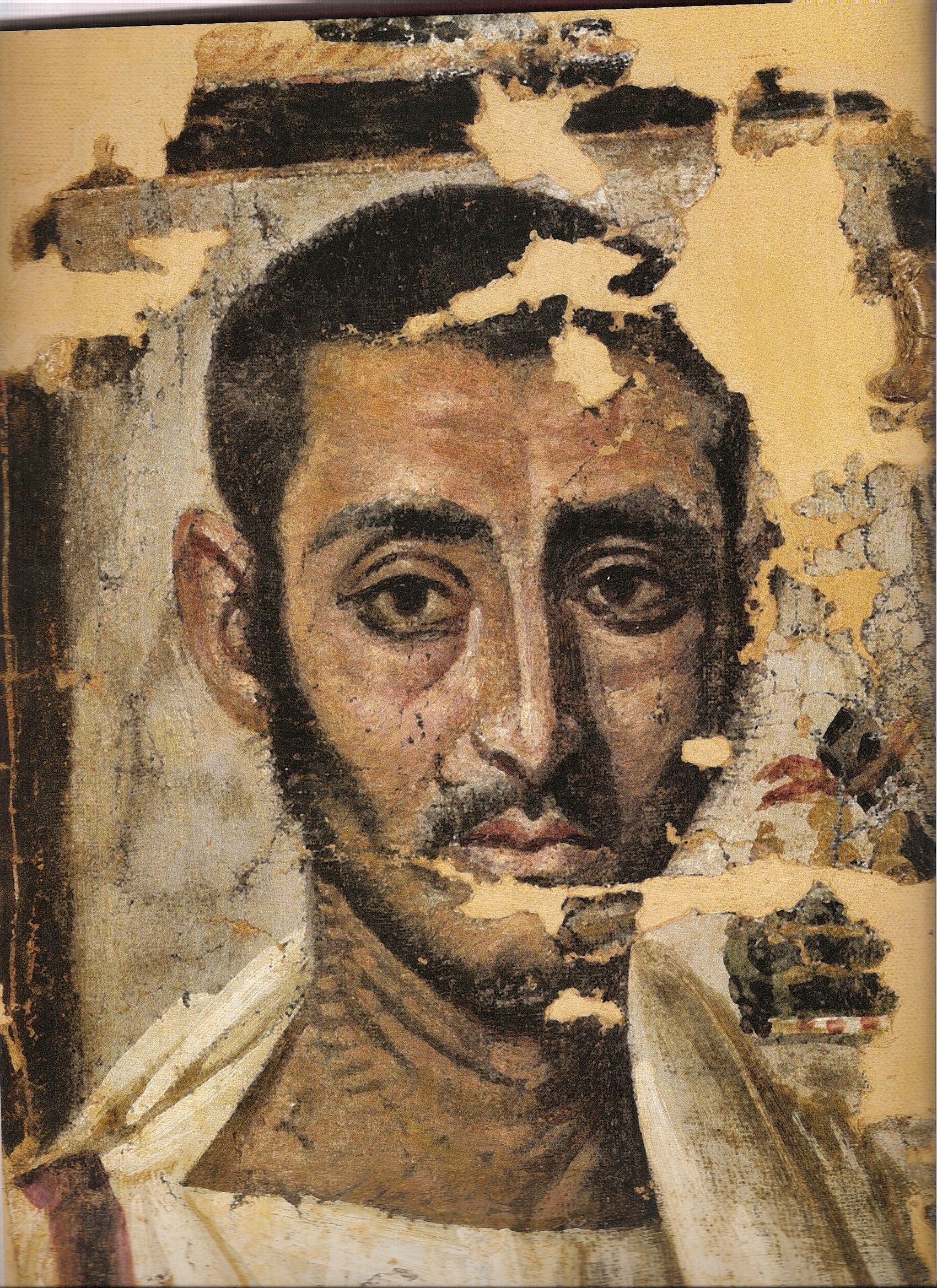In the first three centuries A.D., in a fertile district of Roman Egypt called the Fayum, a diverse community of Greeks, Egyptians, Romans, Syrians, Libyans, Nubians, and Jews flourished. These people, and many of their contemporaries throughout the Nile Valley, embalmed the bodies of their dead and then placed over the faces portraits painted on wooden panels or linen. These paintings, today known as Fayum, or mummy, portraits, were created to preserve the memory of each individual. The Fayum portraits are by far the most important body of portraiture to have survived antiquity.
Fayum Portraits
